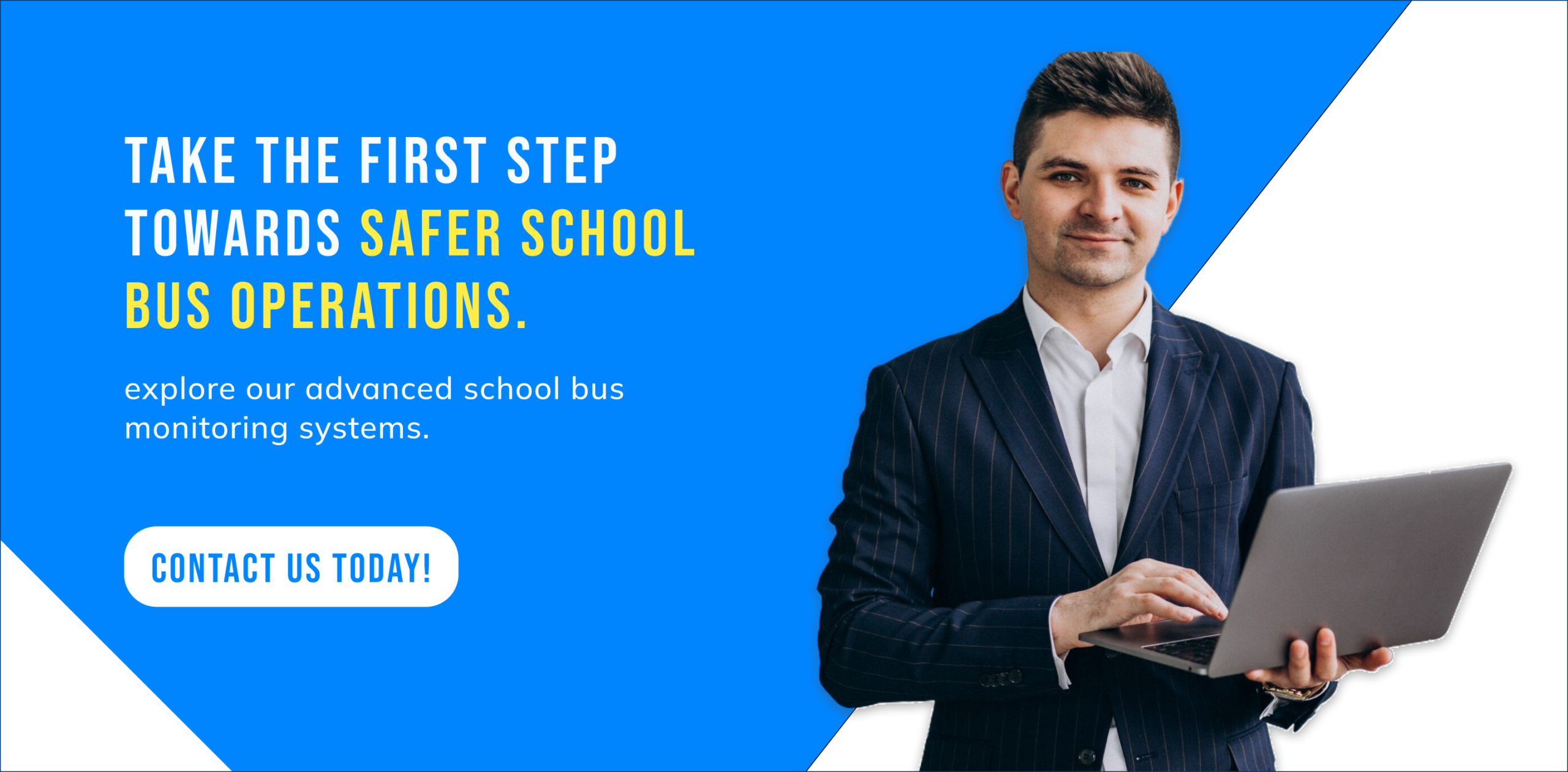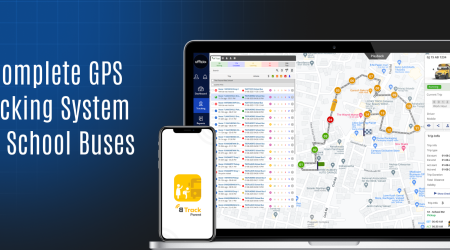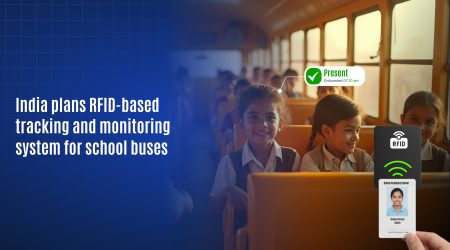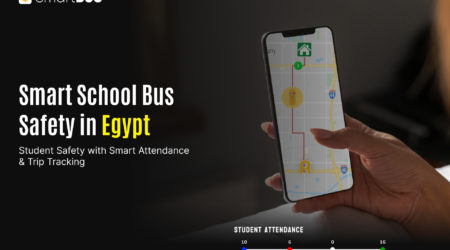5 Essential School Bus Monitoring System Features to Look For
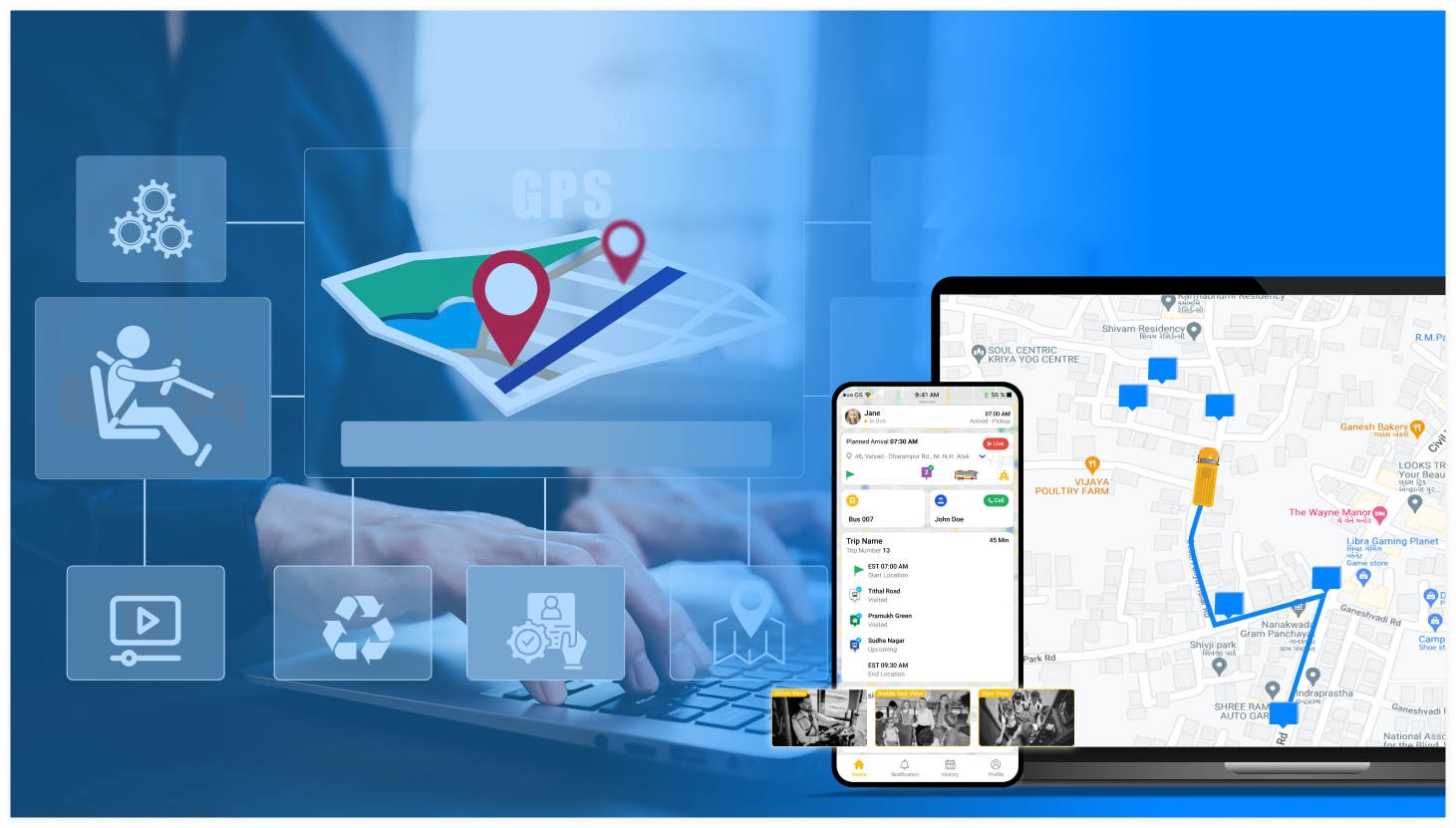
Ensuring the safety of children during their daily commute is a critical responsibility for schools and parents alike. A reliable school bus monitoring system can help meet this need effectively. But with so many options available, choosing the right system can be challenging. In this blog, we’ll explore five essential school bus monitoring system features that you should prioritize.
5 Essential School Bus Monitoring System Features to Look For
1. Real-Time GPS Tracking for Visibility
One of the most crucial school bus monitoring system features is real-time GPS tracking. This feature offers complete visibility of the bus’s location at any moment. Here’s why it matters:
- Accurate location tracking: Know the exact position of the bus in real-time. This is especially important during unforeseen events like heavy traffic, roadblocks, or delays. With real-time GPS tracking, parents and school administrators can see if the bus is running on schedule or if there are any delays.
- Timely notifications: Receive alerts when the bus is nearing pick-up or drop-off points. Parents can plan their schedules better, ensuring they are ready when the bus arrives. This feature also reduces waiting times, making the entire process smoother and more efficient.
- Emergency response: Quickly dispatch help if the bus is delayed or off-route. In case of an emergency, such as a breakdown or an accident, the precise location of the bus can be sent to emergency responders, ensuring a faster response time.
Real-time GPS tracking is a must-have feature that provides peace of mind for both parents and schools. It ensures that everyone involved in the student’s transportation is informed and prepared.
2. Driver Behavior Monitoring for Safe Driving
Safe driving is crucial when transporting children, making driver behavior monitoring one of the essential school bus monitoring system features. This feature tracks how drivers operate the bus, focusing on specific driving behaviors. Here’s what it entails:
- Speed monitoring: Ensures the driver stays within speed limits. Speeding is a significant risk factor in road accidents. By monitoring speed, schools can ensure that drivers are sticking to safe driving practices, reducing the risk of accidents.
- Harsh braking detection: Identifies sudden stops that could indicate unsafe driving. Frequent harsh braking can be a sign of aggressive driving or inattention, both of which are dangerous when children are on board. By flagging these instances, schools can address potential issues before they lead to accidents.
- Turn and acceleration monitoring: Tracks how smoothly the bus is being driven. Smooth driving is essential for the comfort and safety of the children. Sudden turns or rapid acceleration can be unsettling for young passengers and might even cause injuries.
By monitoring these factors, schools can provide feedback to drivers and ensure that only safe driving practices are followed. In addition, this data can be used for driver training programs, helping to improve overall safety standards.
3. Video Surveillance for Added Security
Video surveillance is another critical feature in any school bus monitoring system. This feature enhances safety and security by providing a visual record of what happens on the bus. Here’s why it’s important:
- Monitoring student behavior: Cameras inside the bus keep an eye on activities. This ensures that students are following the rules, and it can prevent incidents of bullying or other disruptive behavior. The presence of cameras alone often encourages better behavior among students.
- Providing evidence: In case of incidents, video footage helps in resolving disputes. Whether it’s a student complaint, a parent inquiry, or an accident investigation, having video evidence can provide clear answers and help resolve issues quickly.
- Deterring unwanted behavior: Knowing they are being watched, students and drivers are more likely to follow rules. This not only applies to students but also to drivers, ensuring that everyone on the bus adheres to safety protocols.
Video surveillance is a key element of a comprehensive school bus monitoring system, ensuring that everyone on board is safe. It also adds a layer of accountability, as both students and drivers know that their actions are being recorded.
4. Student Attendance Tracking for Accurate Records
Among the essential school bus routing solution features, student attendance tracking stands out for its utility. This feature ensures that schools and parents know exactly who is on the bus at all times. Here’s how it works:
- Accurate tracking: Records when and where each student boards and leaves the bus. This prevents any mix-ups and ensures that no student is left behind. Schools can maintain precise records of each student’s journey, which is particularly useful for ensuring that younger children are safe.
- Real-time updates: Parents receive instant notifications about their child’s attendance. Knowing when their child has boarded or exited the bus gives parents peace of mind. This feature is especially helpful for working parents who cannot always be at the bus stop themselves.
- Emergency management: In case of an emergency, knowing the last known location of a student is crucial. If a child goes missing or there’s an emergency, schools and parents can quickly track the student’s movements and respond appropriately.
Student attendance tracking adds an extra layer of security, making sure no student is left behind or gets off at the wrong stop. It also helps in streamlining communication between schools and parents, keeping everyone informed.
5. Route Optimization for Efficiency
The final must-have feature in a school bus monitoring system is route optimization. This feature ensures the bus travels on the most efficient route possible, offering benefits like:
- Time-saving: Reduces travel time by avoiding traffic and road closures. By analyzing traffic patterns and road conditions in real-time, the system can suggest alternative routes that save time and fuel.
- Fuel efficiency: Helps in reducing fuel consumption and operational costs. Efficient routes mean less time on the road, which translates to lower fuel costs and reduced wear and tear on the bus. This is not only good for the school’s budget but also for the environment.
- Timely arrivals: Ensures buses stick to their schedules for pick-ups and drop-offs. Punctuality is crucial for both parents and schools. Route optimization helps in maintaining a reliable schedule, reducing stress for everyone involved.
Route optimization is an essential feature that not only saves time and money but also ensures students reach their destination safely and on time. It helps in making the entire transportation process more efficient and reliable.
Conclusion
Choosing a school bus monitoring system with five features—real-time GPS tracking, driver behavior monitoring, video surveillance, student attendance tracking, and route optimization—can greatly improve the safety and efficiency of school transportation. These school bus monitoring system features provide the tools needed to ensure a secure and smooth journey for every student.
By focusing on these key features, you can make a well-informed decision that enhances the safety and operational efficiency of your school bus fleet. A reliable school bus monitoring system is not just about technology; it’s about ensuring the safety and well-being of the children in your care.
